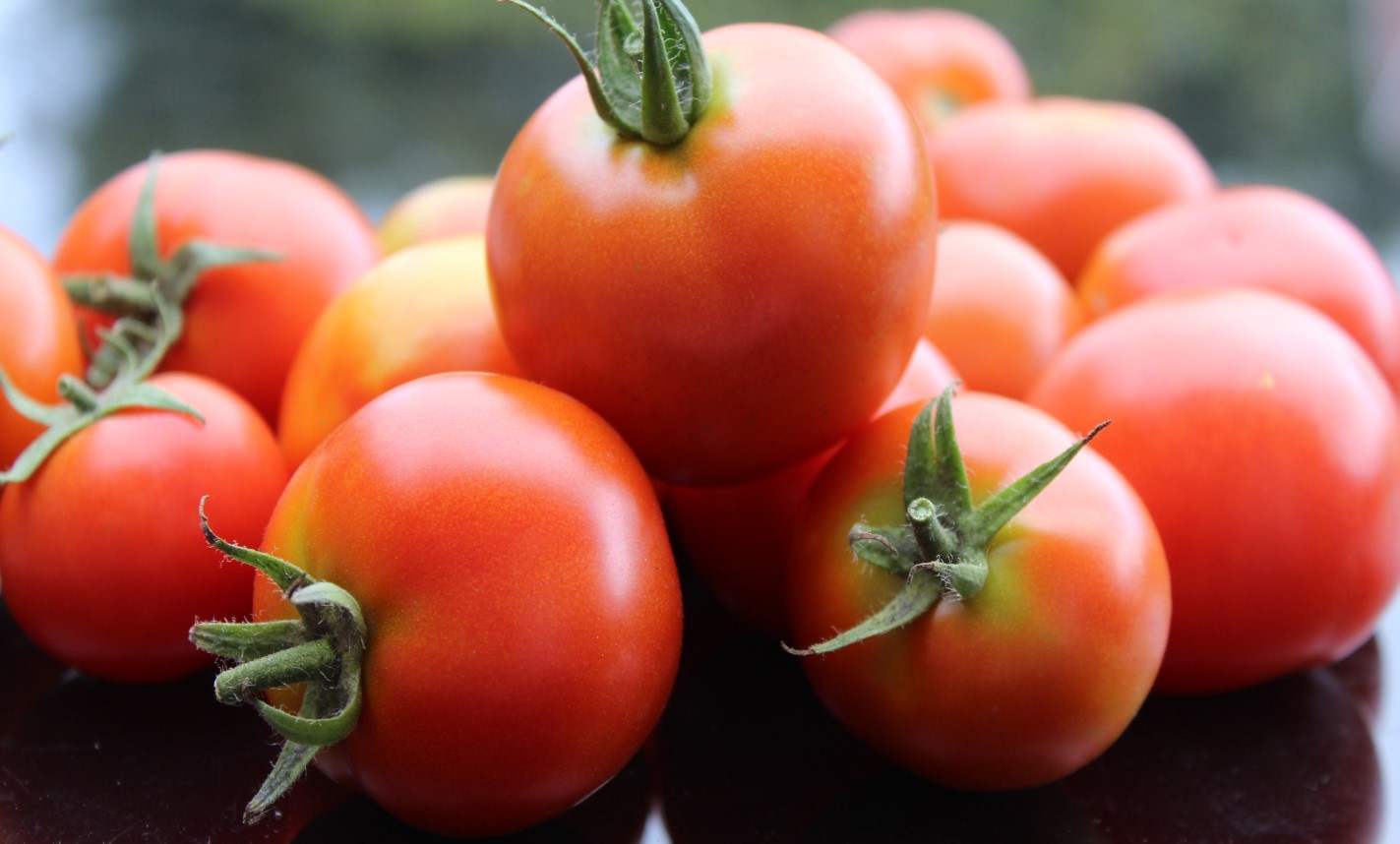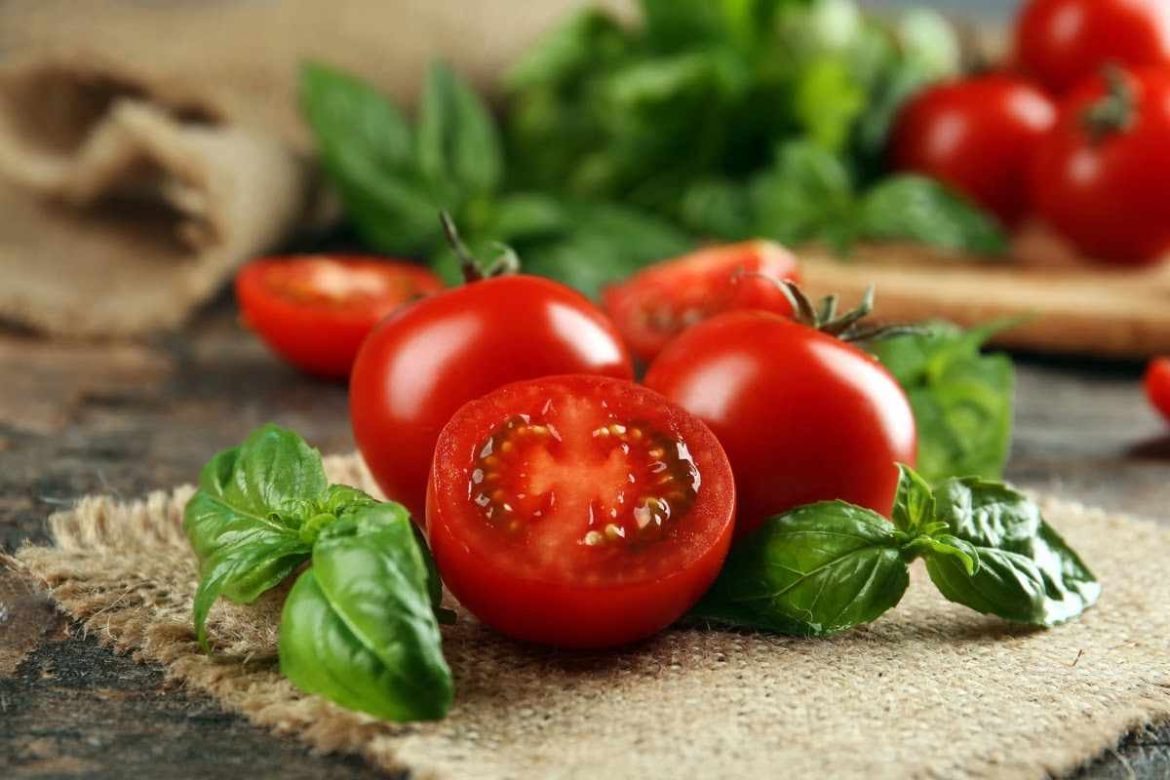Tomato Nutrition Data and Health Benefits
Being familiar with nutrition data and some tomato health benefits can urge you to include this food in your everyday diet
Lycopene is found in abundance in tomatoes
It’s what gives them their vibrant red color, and it also serves to shield them from the sun’s harmful UV rays
Similarly, it can protect your cells from oxidation
Potassium, vitamins B and E, and other minerals are also found in tomatoes

Immune System Lycopene is an antioxidant, which means that it works against chemicals known as free radicals, which are capable of causing harm to your cells and immune system
Tomatoes and other foods high in the antioxidant lycopene may help reduce the risk of developing lung, stomach, and prostate cancers
According to the findings of certain studies, they may also help prevent the disease from occurring in the pancreas, the colon, the throat, the mouth, the breasts, and the cervix
Lycopene may also help lower your levels of LDL, generally known as “bad” cholesterol, as well as your blood pressure
This may be beneficial to your heart
And that may reduce the likelihood that you may develop heart disease
Tomatoes include a variety of nutrients, some of which are known to improve heart health
These nutrients include vitamins B and E, as well as flavonoids, which are antioxidants
Tomatoes include compounds known as lutein and zeaxanthin, both of which may aid in the protection of one’s eyes against the blue light emitted by digital gadgets such as computers and smartphones
They may also assist in preventing your eyes from becoming weary and in reducing the severity of headaches brought on by eye strain
And there is evidence that they may even reduce your risk of developing a more severe form of age-related macular degeneration, which is the main cause of blindness in the United States

Tomatoes health benefits
There are many health benefits for using tomatoes and tomato-based products which are proven scientifically
Subsequently, we elaborate on some of them
Lungs Tomatoes may be beneficial to asthmatics and those at risk of developing emphysema, a disorder that affects the air sacs in your lungs over time
Antioxidants in tomatoes and other fruits and vegetables may be to blame
Tobacco smoke is a leading cause of emphysema
More research is being done to discover the full extent of these impacts
Blood Flow A stroke occurs when blood flow to a portion of the brain is cut off
Eating more tomatoes may reduce your risk of having a stroke
They may reduce inflammation, improve your immune system, lower your cholesterol levels, and keep your blood from clotting, according to research
They may all help prevent strokes
Gingivitis and periodontitis may be helped by lycopene’s ability to fight free radicals, just as it has been found to help prevent cancer
Nevertheless, eating a lot of raw tomatoes can damage your teeth’s enamel because of the high acid content, and cleaning right away might exacerbate the damage
Waiting at least 30 minutes before brushing your teeth is a good idea
Skin Wearing a wide-brimmed hat and applying sunscreen will help protect you from the sun
But tomatoes may have something to do with it, perhaps in the same way lycopene protects tomatoes
Unlike sunscreen, you don’t apply it to your skin using this
It helps, however, because it works from the inside out
Comparing Fresh to Canned Both of these things can be beneficial to your health, but in different ways
In contrast to fresh tomatoes, tomato products that have been canned may make it simpler for your body to absorb and make use of certain nutrients, such as lycopene

Tomato fruit or vegetable
You might wonder whether tomato is classified as fruit or vegetable
Because it produces seeds and grows from the ovaries of a flowering plant, a tomato qualifies as a fruit, in case you were curious about the distinction between the two
From a botanical point of view, vegetables are made up of various components of plants, such as stems, roots, and leaves
Tomatoes, seedy cucumbers, and zucchini are examples of foods that fall within the category of vegetables
This is the case even though tomatoes are fruit
This is in part because of the lesser amounts of carbohydrates and sugars that they contain: There are just 22 calories and around 5 grams of total carbohydrate in a tomato that is medium in size, with 3 grams coming from sugar and 1
5 from fiber
However, while being low in calories and carbohydrates, this package is jam-packed with nutrients and has been connected to a wide variety of health advantages
Here are seven benefits, as well as some easy methods to include more tomatoes in your day-to-day meals and snacks
Tomatoes can be consumed in a variety of forms, including their fresh and dried forms, as well as those prepared in the form of sauce, salsa, or paste
This also enables you to enjoy tomatoes throughout the entire year
You can incorporate fresh tomatoes into omelets and salads, and then serve them sliced, drizzled with balsamic vinegar, and garnished with fresh basil, cracked black pepper, and sea salt
Sun-dried tomato pesto can be used to dress raw greens or vegetables that have been steamed, or it can be drizzled over fish that has been grilled

Tomato nutrition data self
Before you want to include tomato in your diet, you should search about the nutrition data of this product yourself
Tomatoes are around 95% water, according to their nutritional breakdown
Carbohydrates and fiber make up the majority of the remaining 5 percent of the total
Carbohydrates: Raw tomatoes have a carbohydrate content of 4%, which translates to less than 5 grams of carbs for a medium specimen
Carbohydrates (123 grams)
Nearly seventy percent of the carbohydrate load is comprised of straightforward sugars like glucose and fructose
Fiber: Tomatoes are an excellent source of fiber; one tomato of the typical size contains approximately 1
5 grams of this nutrient
The majority of the fibers in tomatoes, which account for 87% of the total, are insoluble
These fibers come in the form of hemicellulose, cellulose, and lignin

The amount of vitamins and other plant compounds that are included in tomatoes might vary substantially depending on the variety as well as the sampling time
The following are the primary plant chemicals that are found in tomatoes: Lycopene
Lycopene, an antioxidant that gives tomatoes their red color, has been the subject of a great deal of research because of the positive benefits it has on human health
Beta carotene
In your body, beta carotene is transformed into vitamin A, an antioxidant that is responsible for the yellow or orange coloration that many foods have
Naringenin
This flavonoid, which can be found in tomato skin, has been demonstrated in studies with mice to reduce inflammation and protect against a variety of diseases
Chlorogenic acid
Chlorogenic acid, a potent anti-oxidant molecule, is capable of lowering blood pressure in those who have higher than normal amounts









